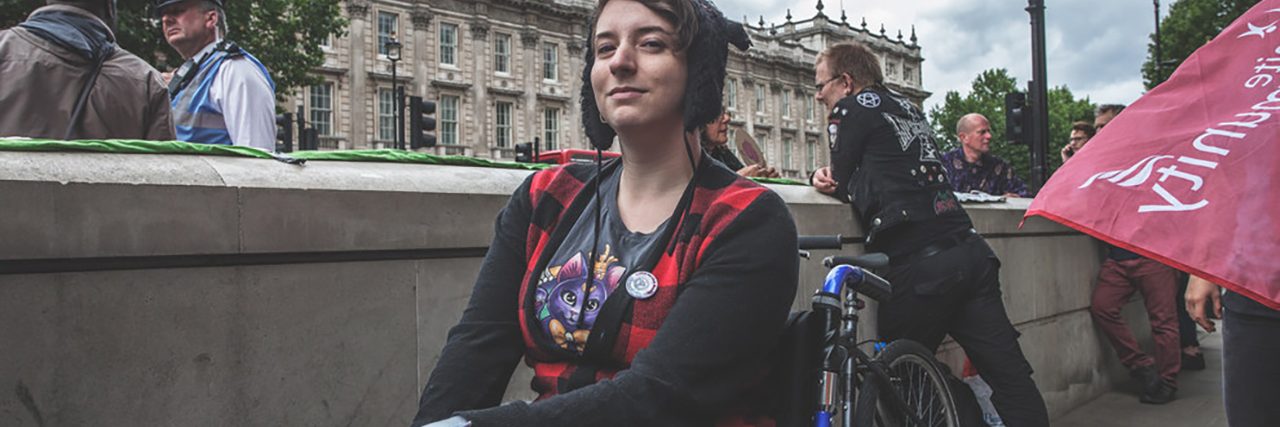Since becoming visibly disabled in 2013, after several years in the invisible camp, I have been anxious about seeing people I used to know, and meeting new people. Not just the inevitable “what happened?” (answer: “technically nothing, I was born with this”) but the misguided sympathy I now get for being a wheelchair user. Non-disabled people tend to see the wheelchair as The Worst Thing That Could Ever Happen to someone. Look at the terminology used: wheelchair-bound; stuck in a chair; confined to a wheelchair — but they don’t think of the alternative.
• What is Ehlers-Danlos Syndrome?
• What Are Common Ehlers-Danlos Syndrome Symptoms?
Before I had my power wheelchair, I would leave the house once or twice a week, as it caused me so much pain to walk and the add-on effects weren’t worth it. Now as long as I’m not in a bad fatigue phase, and can get what passes for “dressed” enough, I can go out multiple days in a row with only minor consequences. Without their wheelchairs, tens of thousands of people would have no access to education, work, or a life outside of their homes. The futon is my prison; the wheelchair is my freedom and my best friend.
I will admit to getting a bit (extra) depressed from time to time because I miss being able to do some things I used to love – dancing, climbing, scrambling, hiking (basically anything involving going up mountains), kayaking – but people often fail to understand that even if I didn’t need my wheelchair, or the crutches I sometimes use, I wouldn’t be able to do these things anymore anyway. The wheelchair is not the symptom of my condition or my limitations, it is the thing that helps me continue to do what I still can. So don’t aim your sympathy at my wheelchair. Channel it into anger at the lack of wheelchair access I and other disabled people face instead!
Follow this journey on Nina Childish.

